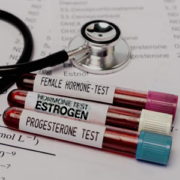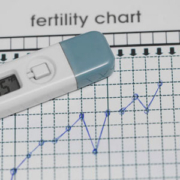Natural Fertility Doctor | Austin, TX
Menstrual Phase Cycles
Women are born with over a million eggs but release only 300-400 eggs in their lifetimes, and usually only one egg per month. When the egg is released from the ovaries, it is picked up by the fallopian tube. If the timing is right, the sperm will fertilize the egg within hours of ovulation. If the egg is not fertilized within 24 hours, then it dies and gets reabsorbed by the body.
In order for fertilization to occur, there are three main players; the egg, the sperm, and cervical fluid. The cervical fluid is produced under the influence of high levels of estrogen in the first phase of the menstrual cycle and directs the sperm through the cervix, a process critical for conception. Because sperm can survive for up to 5 days in this fluid, it is possible to have intercourse on Monday and conceive on Friday!
If the egg is fertilized, it releases human chorionic gonadotropin (HCG), the pregnancy hormone, which signals the corpus luteum to continue releasing progesterone beyond the 16 days in the second half of the menstrual cycle. This is critical to maintaining the uterine lining essential for the newly fertilized egg to survive. After a few months, the placenta takes over maintaining the lining and nourishing the fetus.
If you have tried to become pregnant without success, Dr. Ruthie Harper opens her practice doors to you with compassion, and more than twenty years of natural fertility experience. Discover your personal path to total health, wellness and balance, and learn how the science of personalized integrative medicine can help you become pregnant and achieve your dream of growing your family.





